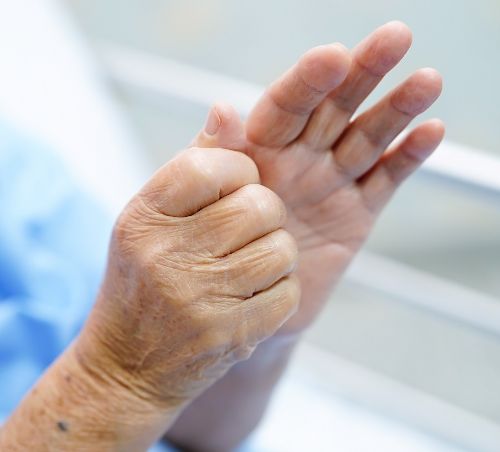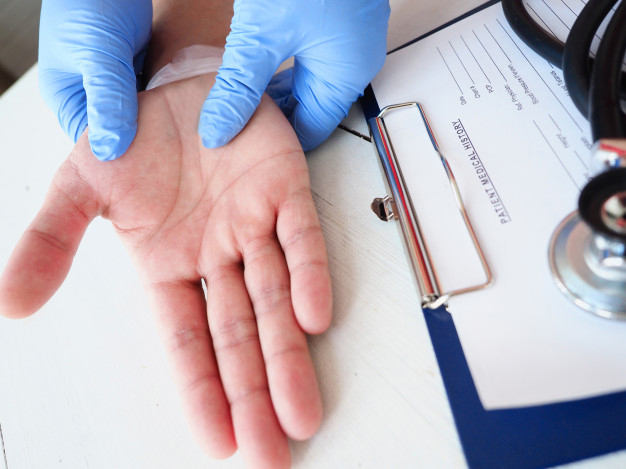
Thumb CMC joint arthritis is the second most common location of arthritis in the hand. It is a common condition treated by hand specialists. It can lead to pain in the thumb area on gripping and pinching activities. It can be caused by family history, overuse, injury, and inflammatory conditions such as rheumatoid arthritis.

